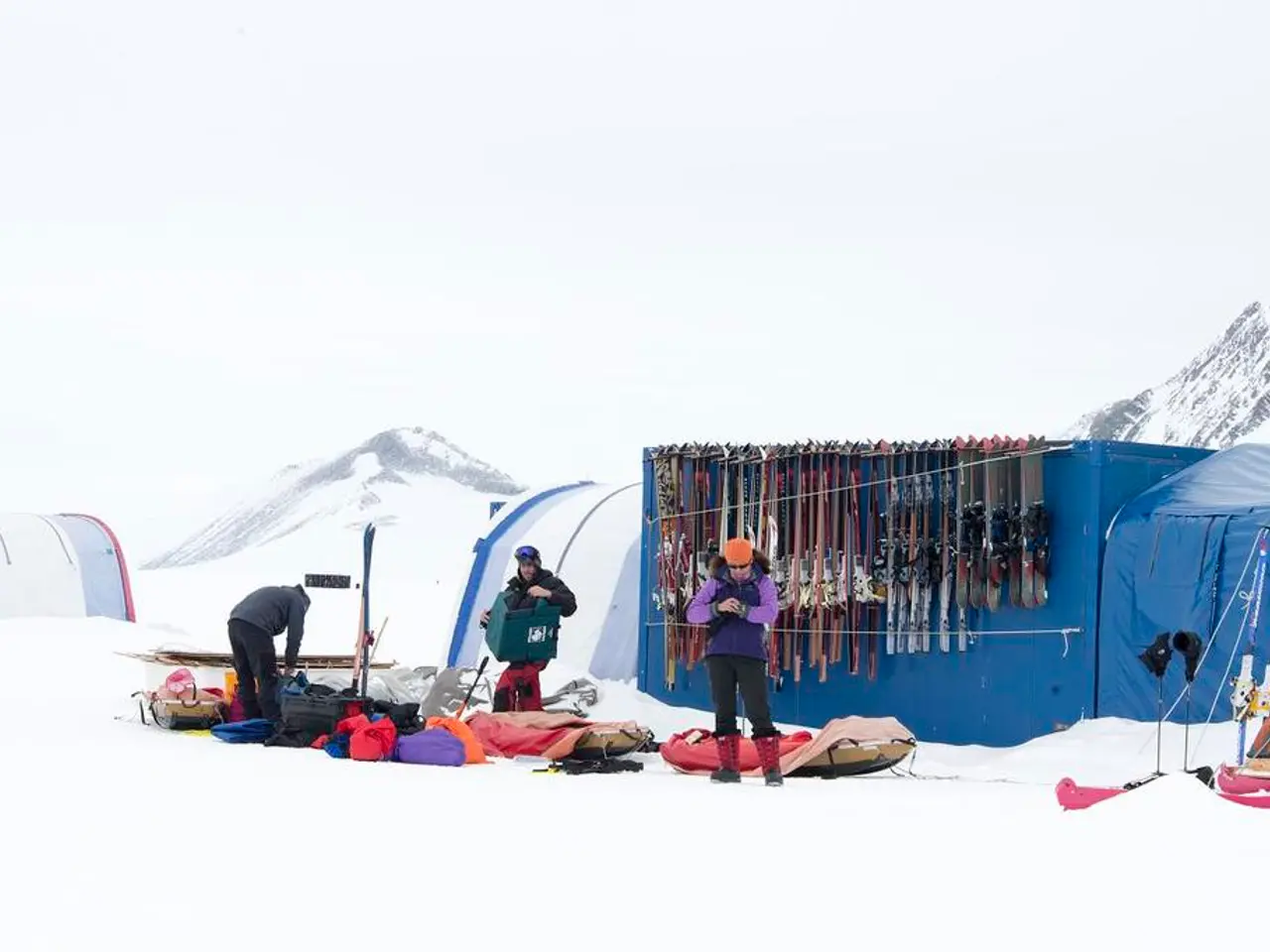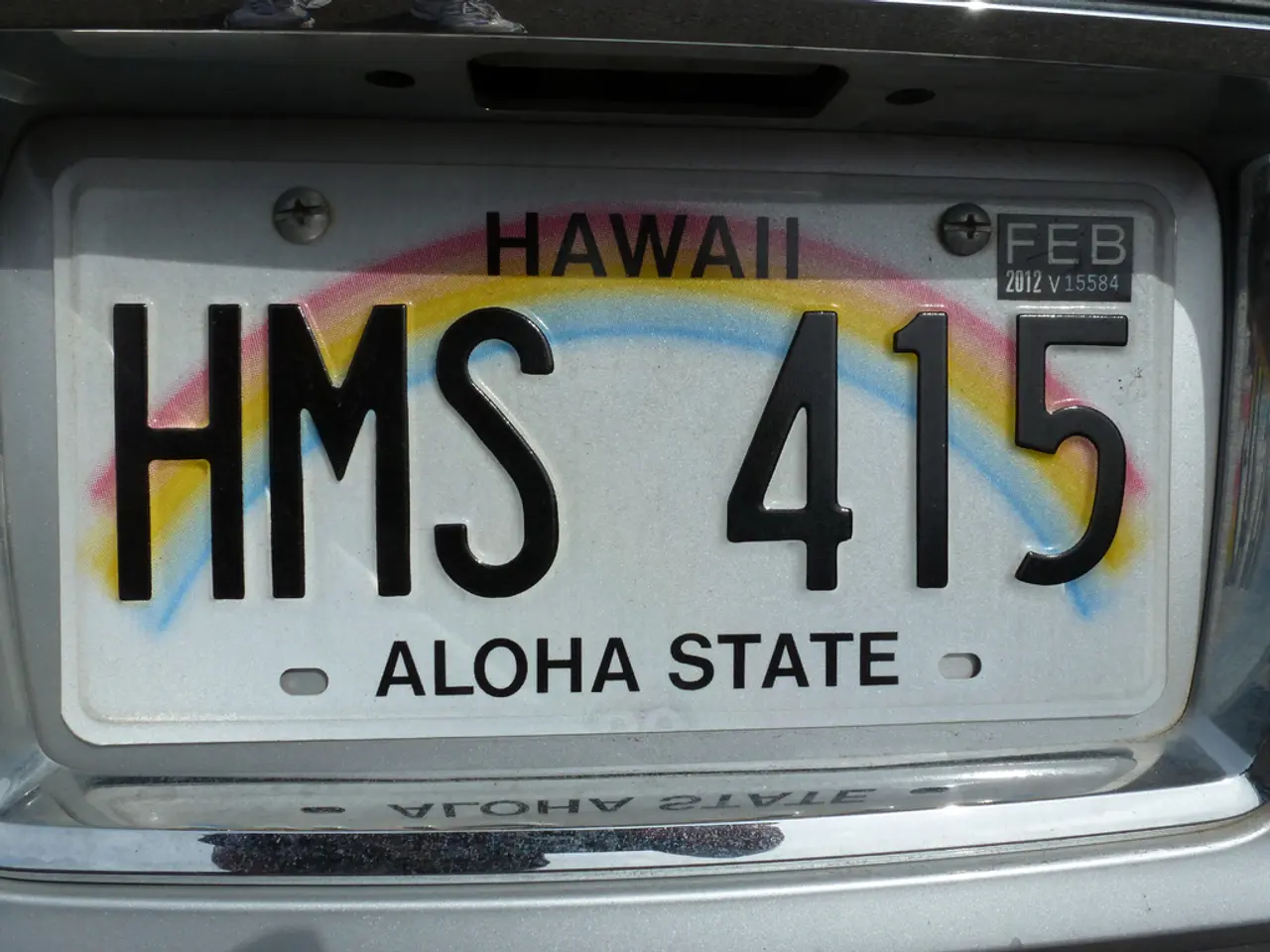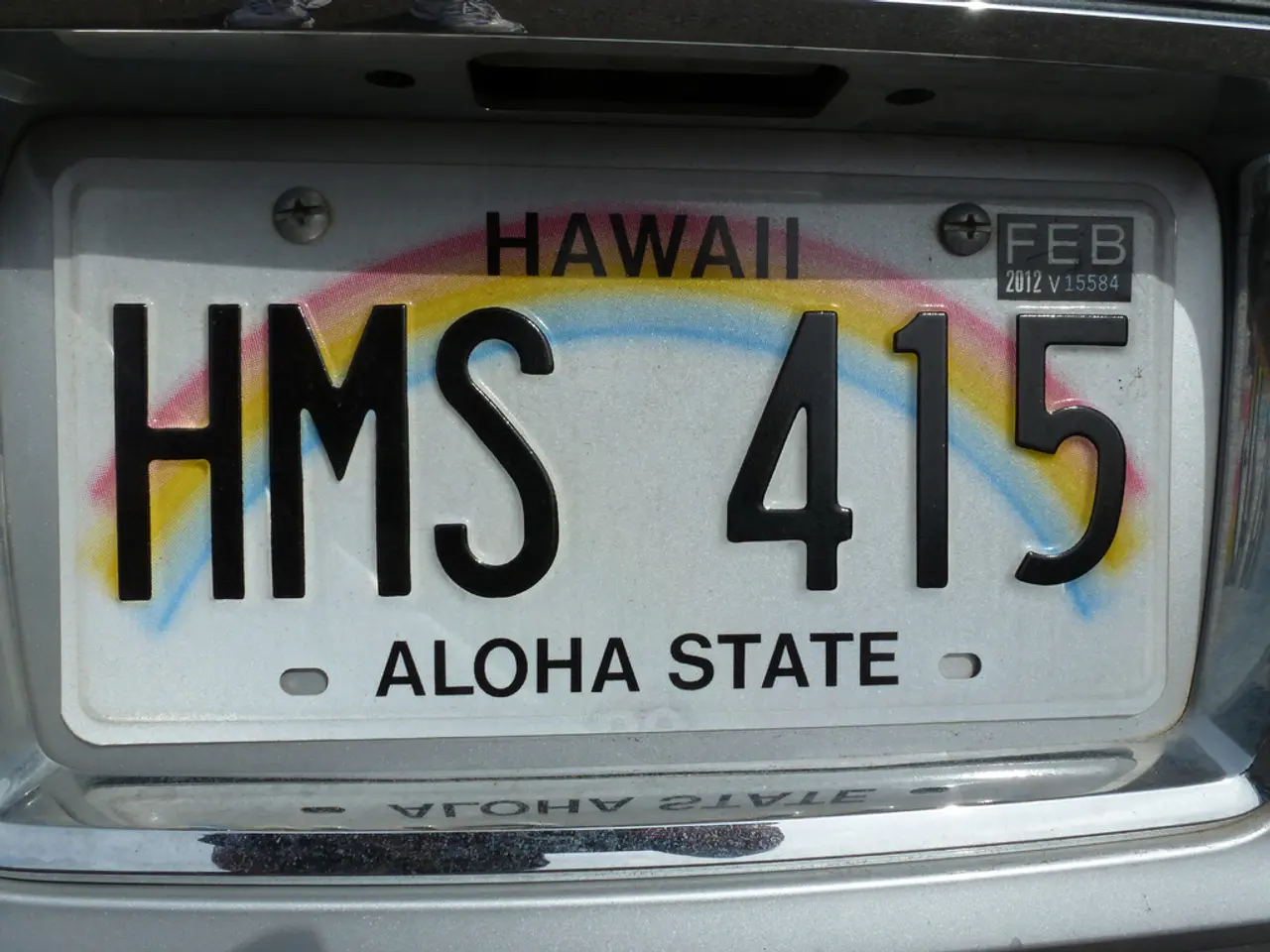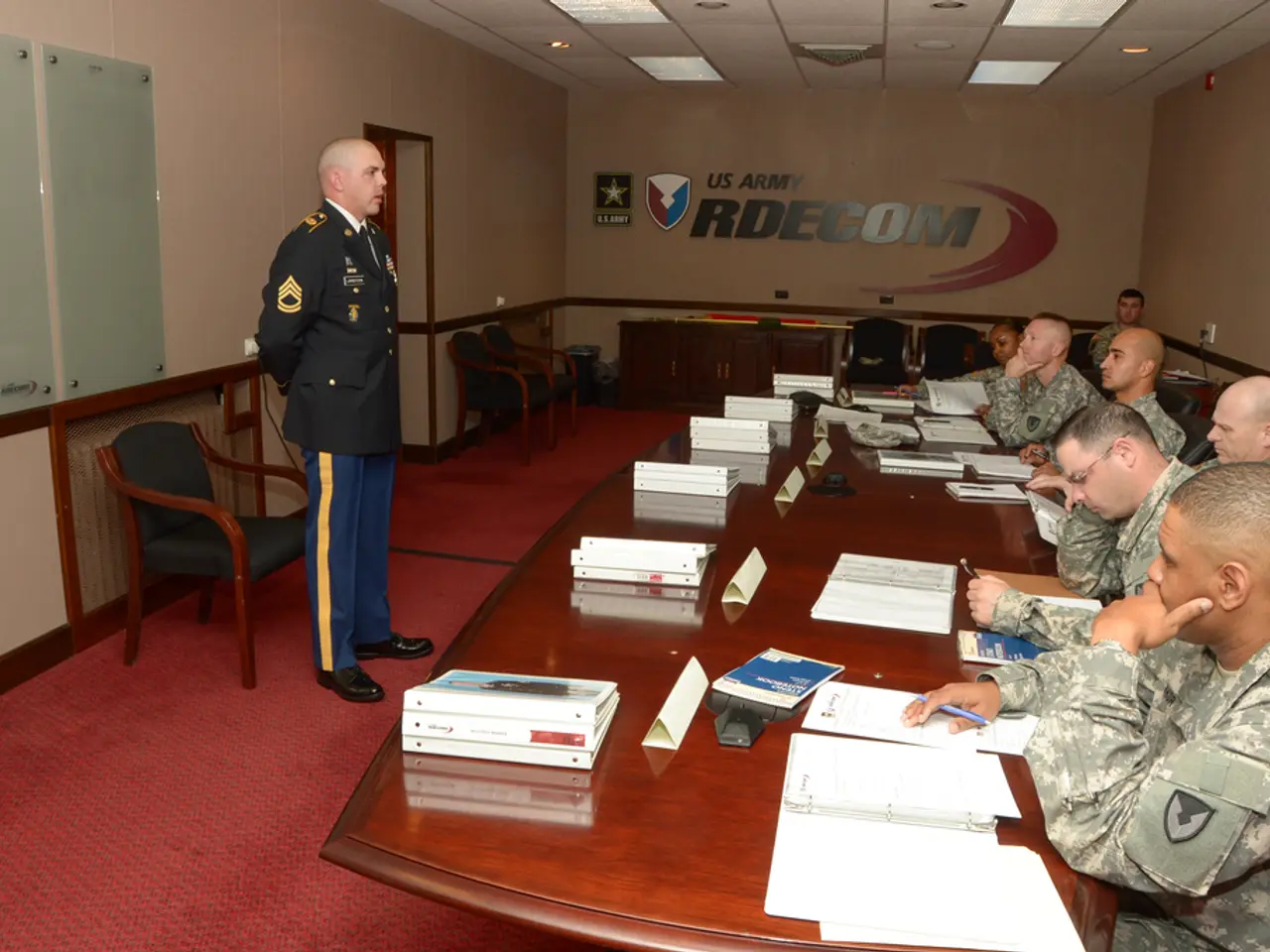Stranded Mountaineers Confess to Exceeding Boundaries on Frozen Peaks
Ice Climber's Near-Fatal Adventure Highlights Importance of Proper Preparation in New Zealand's Backcountry
In a harrowing incident on July 2, ice climber Jake found himself in trouble on The Remarkables, a popular climbing destination in New Zealand. Jake's climb turned into one of the worst days of his life, serving as a stark reminder of the importance of proper preparation when venturing into the backcountry.
Jake and his climbing partner set off at 7am, aiming to be back at their car by 3pm. However, they were underprepared for the challenges that lay ahead. According to reports, they lacked essential equipment such as an avalanche beacon, first aid kit, and emergency communications device. This oversight, combined with the 'considerable' avalanche danger in the area as per the New Zealand Avalanche Advisory, put them in peril.
As they headed along a common access route, the pair triggered a small avalanche. This incident underscores the need for adequate avalanche safety equipment, including a transceiver, shovel, and probe, which are essential for safe travel and rescue in avalanche terrain.
In light of this incident, it is crucial to emphasize the importance of proper preparation for ice climbing in New Zealand's backcountry. This includes layered alpine-specific clothing, climbing/ski-touring gear, and essential avalanche safety equipment. Guides and outfitters often stress the need for alpine ski touring boots or climbing boots, ski touring or climbing equipment (crampons, ice axes), thermal leggings, fleece/polypro gloves, waterproof parka and mitts, wool hats and socks, a backpack around 45L with tension straps, headlamp with spare batteries, blister prevention kit, and of course, avalanche safety gear.
Avalanche safety preparation should also include training in using safety equipment and recognizing avalanche conditions. Guided instruction courses and mountaineering courses in New Zealand are designed to prepare climbers properly for the backcountry environment, teaching them how to use avalanche transceivers, probes, and shovels effectively.
Many New Zealand guiding companies, such as Alpine Recreation and Queenstown Mountain Guides, provide avalanche safety equipment and thoroughly check client gear before trips. They also guide climbers on essential avalanche safety practices and terrain choice, emphasizing crucial avalanche rescue skills.
Hikers and trampers can find the avalanche forecast under alerts on Plan My Walk. It is essential to check this before heading into the backcountry. Jake, in his reflection, mentioned that he should have contacted the ski patrollers at The Remarkables Ski Field for information about avalanche conditions and safe travel times.
Jake and his climbing partner were lost on the mountain for 10 hours before the search and rescue crew could reach them at 4.30am. The pair had planned their trip, studied access routes, and factored weather and travel time into their margins. Despite their preparations, they were still caught off guard by the unexpected avalanche.
Jake expressed gratitude towards the rescue team and everyone involved in the operation. He also stated that he plans to learn from this experience and take appropriate professional courses to prevent similar incidents from happening again. The article encourages hikers and trampers to get the avalanche forecast, get the training, and carry the right equipment before heading into the New Zealand backcountry.
Rebekah Wilson, a communications advisor at the website where the article was published, emphasized the importance of being prepared. "Safety should always be the top priority when venturing into the backcountry," she said. "Proper preparation, including carrying the right equipment and knowing how to use it, can make all the difference."
[1] Alpine Recreation: https://www.alpine-rec.co.nz/ [2] Queenstown Mountain Guides: https://www.mountainguides.co.nz/ [4] New Zealand Mountain Safety Council: https://www.mountainsafety.org.nz/
- Proper preparation for ice climbing in New Zealand's backcountry involves carrying essential avalanche safety equipment, such as an avalanche beacon, a shovel, and a probe, which can help ensure a safe travel and rescue in avalanche terrain.
- Safety should always be the top priority when venturing into the New Zealand backcountry, as proper preparation including carrying the right equipment and knowing how to use it can make all the difference, as emphasized by Rebekah Wilson, a communications advisor.








